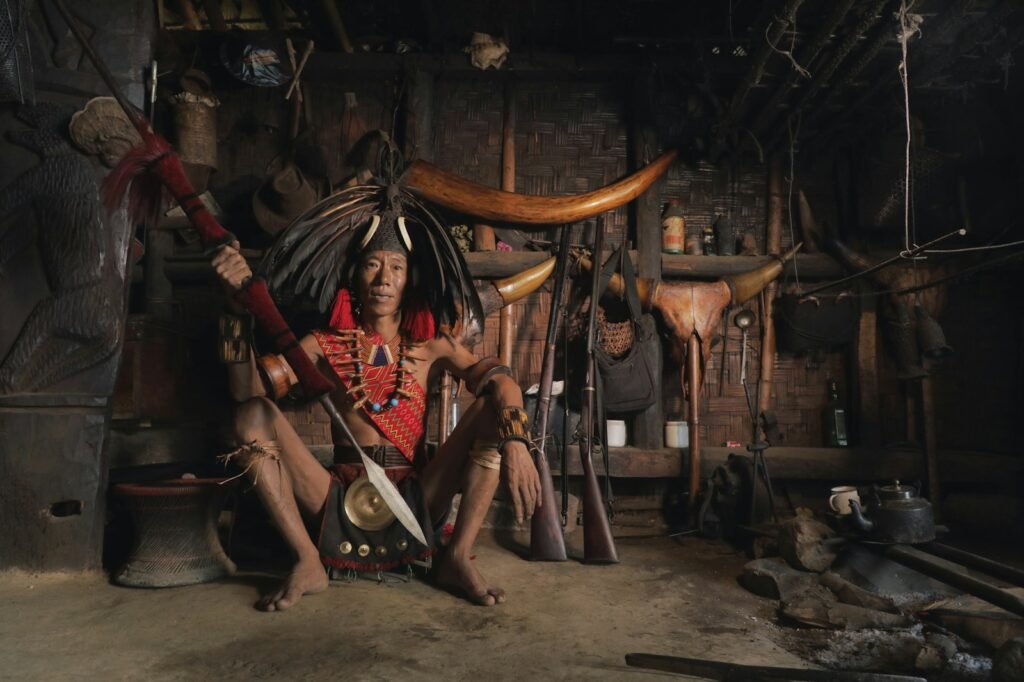Across Japan’s northern frontier, a story older than the nation itself is being rewritten in real time. Scientists are piecing together deep ancestry with genomic tools, while communities reclaim language, rivers, and ceremonies long pushed underground. Policy is catching up, albeit slowly, and a new generation is turning heritage into a living, evolving practice. Far from a footnote, the Ainu offer a vivid case of how science, culture, and rights converge. The mystery isn’t whether their past matters – it’s how their future will reshape what we think we know about Japan.
The Hidden Clues: Deep Ancestry Written in DNA
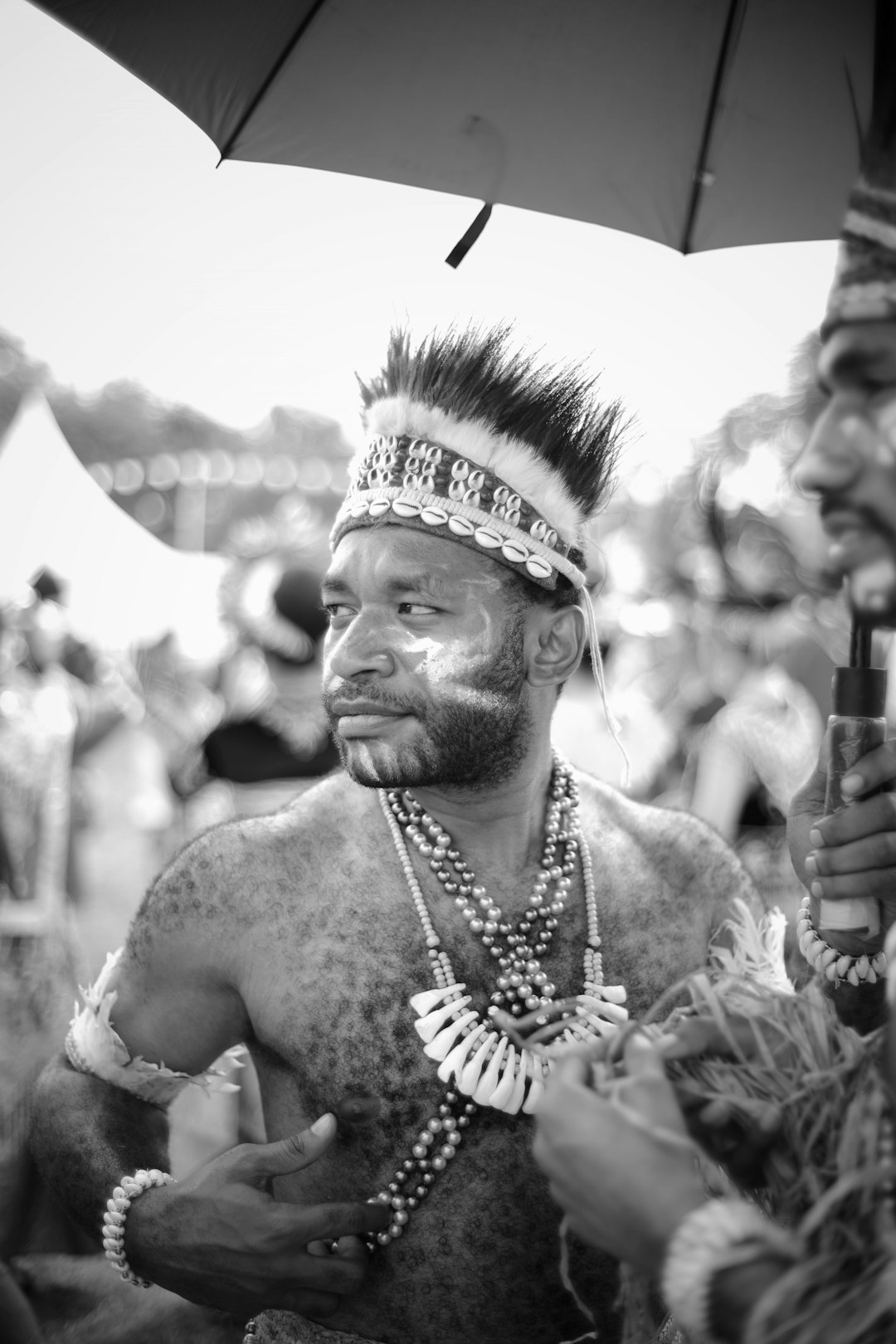
Ancient DNA has revealed a startling continuity between the Ainu and Japan’s Jomon hunter-gatherers. Genome-wide analyses show strong ties to these early residents, with added signals from Northeast Asia over centuries of contact. Instead of a single “replacement,” the region’s population history looks like a braided river of lineages. This challenges older, tidy stories and highlights long-term resilience on harsh northern coasts. For many Ainu, the science validates what oral histories long suggested about belonging to this land.
Biological anthropology adds texture to that genetic picture, from dental traits to stable isotope data. Diet signatures spotlight heavy reliance on marine foods, especially salmon, seals, and shellfish. Archaeological layers show continuity in lifeways across cultural horizons, even as iron goods appear. Rather than cultural stagnation, the evidence suggests adaptive ingenuity in cold, resource-rich environments. The past reads less like isolation and more like a sophisticated, place-based strategy.
A Language Isolate Fighting for Breath

The Ainu language stands apart, with no proven relatives among world tongues. Its rhythms survive in epic poetry traditions and place names that still dot maps. After decades of suppression, classes, media, and community schools are bringing it back to daily use. Linguists compile dictionaries while local teachers create kids’ materials that feel modern and playful. That shift matters because language holds worldview, ecological knowledge, and humor that can’t be translated cleanly.
Revival also rides new tools, from audio archives to keyboard layouts optimized for Ainu sounds. Community radio segments and songs promote pronunciation, idioms, and storytelling cadence. These efforts pair with public signage and museum programs that center Ainu voices. The work is slow, but every learner becomes a carrier of memory and meaning. When a language is heard in public again, it signals that future generations are expected.
From Ancient Tools to Modern Science
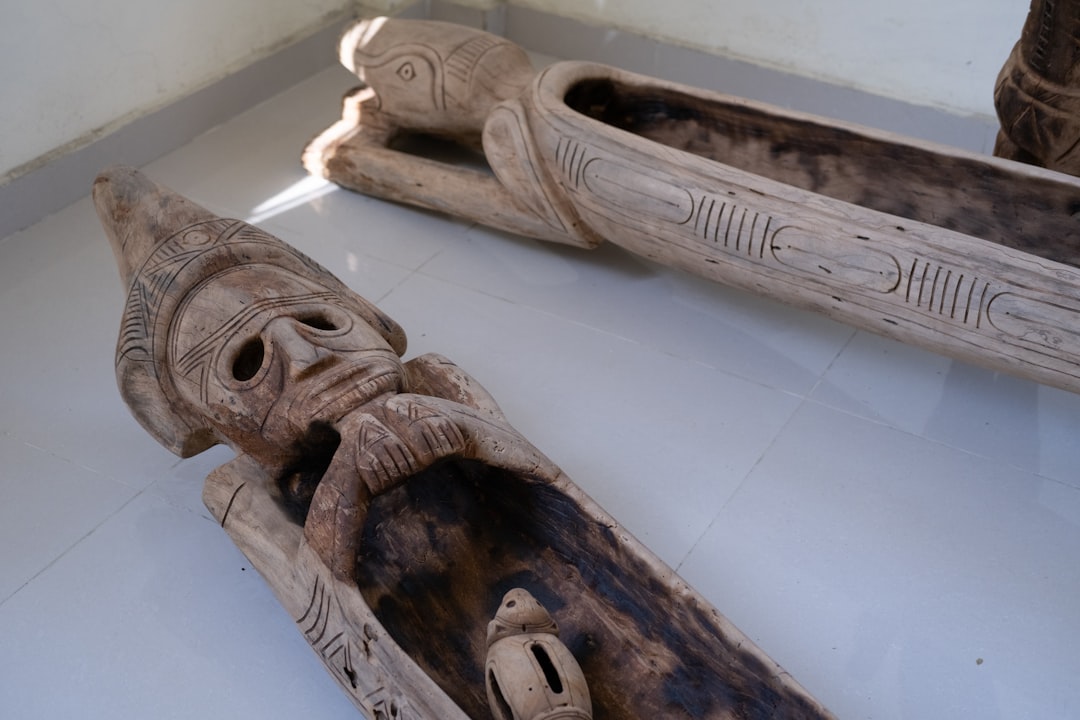
Archaeologists link ancestral Ainu culture to the Satsumon tradition, shaped by maritime trade and northern foraging. Iron knives, lacquerware, and beads tell of commercial webs reaching across the Okhotsk Sea. Microscopic residue on tools hints at plant foods, oils, and fishing practices long lost to time. These traces reveal a cuisine calibrated to seasonal abundance and lean winters. It’s an evidence-based rebuttal to stereotypes of simplicity.
Collaborations increasingly put Ainu communities at the center of research questions. Field methods integrate cultural protocols, and results return to local archives first. This approach corrects a history where objects left villages but knowledge did not. It also generates better science because context drives interpretation. Artifacts stop being trophies and become chapters in a living library.
Salmon, Laws, and the Right to the River
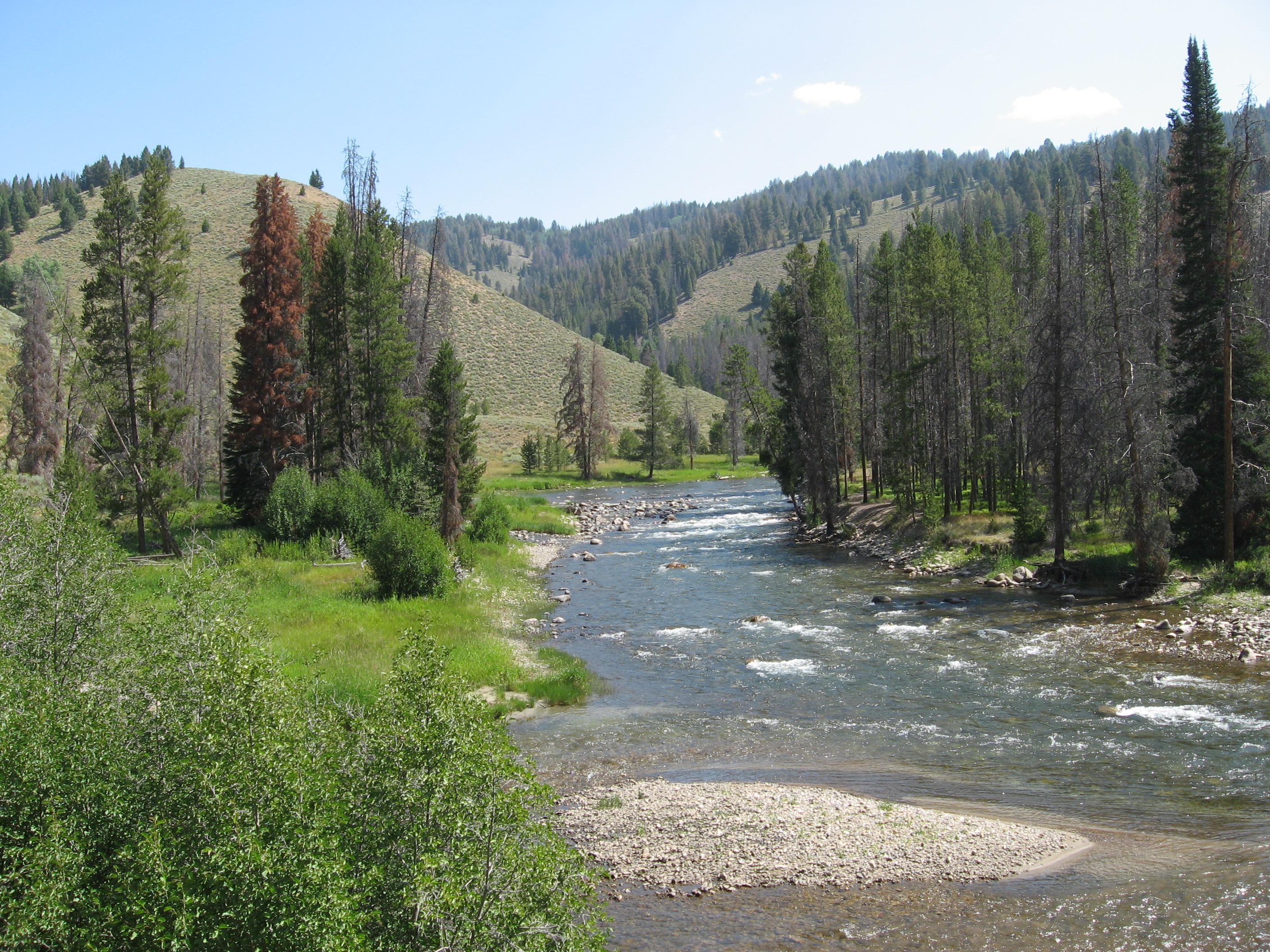
Salmon isn’t just food in Ainu lifeways; it is a relative with obligations. Colonial-era restrictions and modern regulations pushed traditional catches to the margins. In recent years, some communities have gained limited permissions for ceremonial harvests. Those permissions recognize both legal rights and ecological stewardship. They also show how fisheries policy can respect culture while safeguarding runs.
Conservation biologists and Ainu leaders often agree on practical steps like habitat restoration. Riparian planting, smarter culvert design, and seasonal closures benefit fish and people. Scientific monitoring pairs with traditional river knowledge about timing, water color, and smell. These multiple ways of knowing reduce conflict and improve outcomes. When policy listens upstream, rivers tend to run clearer downstream.
The Bear Ceremony Explained Without the Myths
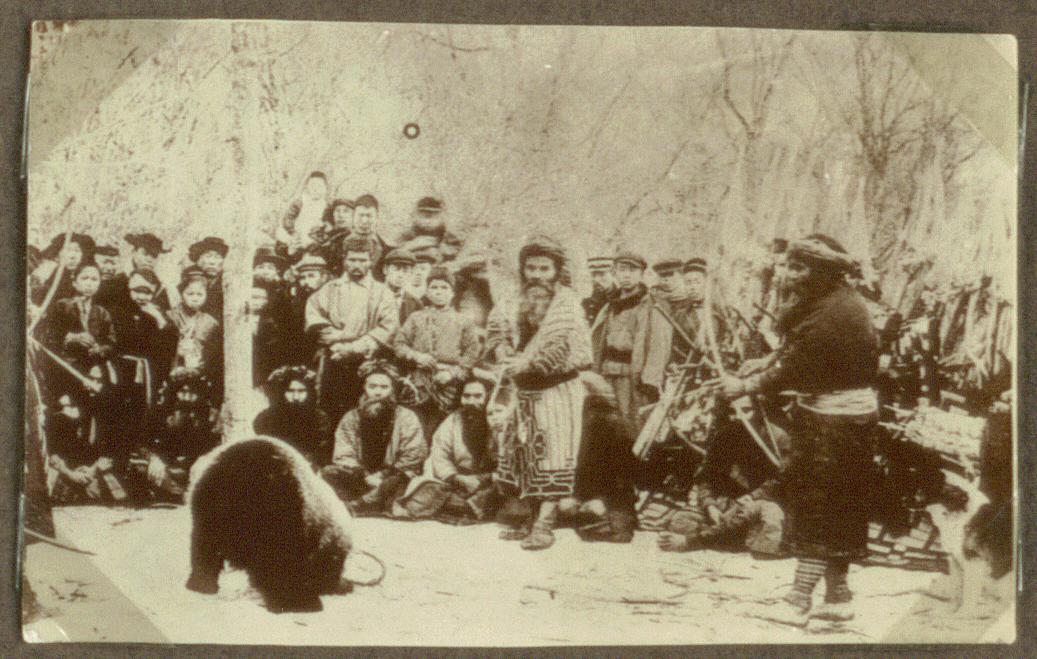
The famed bear ceremony has long been misread through exotic lenses. Within Ainu cosmology, animals are visiting beings whose spirits return home with gifts exchanged. The ceremony’s symbolism is about reciprocity, respect, and balancing relationships. Modern practice adapts to legal and ethical standards while preserving meanings. It’s a case study in how tradition evolves without losing its core.
Ethnobiologists note how ceremonies encode ecological calendars and hunting limits. Story sequences cue when berries ripen or when cubs should not be disturbed. This embedded management system adds a quiet check on overharvest. Rather than folklore alone, it’s practical environmental governance dressed as ritual. Understanding that logic dissolves sensationalism and reveals a sophisticated ethic.
Clothing That Protects: Bark Cloth, Geometry, and Material Science
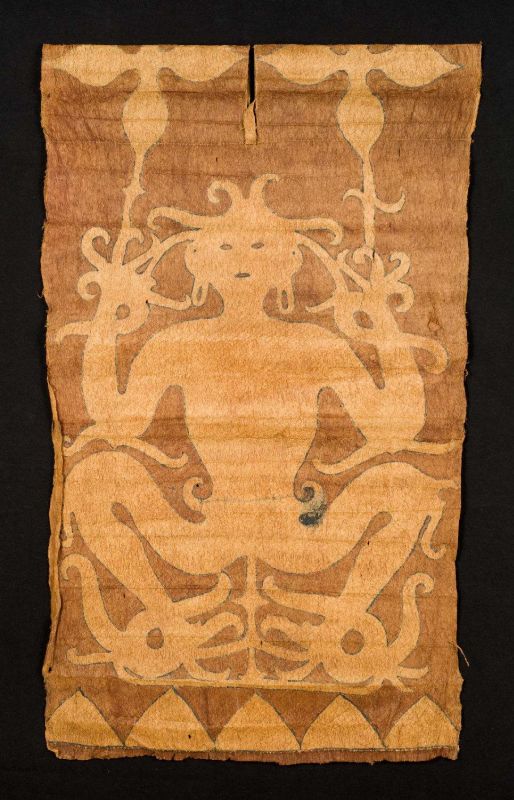
Ainu artisans wove attus from the inner bark of local trees, crafting garments tough and breathable. Embroidered motifs – interlocking hooks and spirals – served as both beauty and protection. Some makers describe these patterns as barriers to harmful forces at thresholds. Plant dyes rich in tannins add durability and resistance to wear. The result is heritage outerwear engineered for wet, cold coastlines.
Material scientists are studying fiber structure, smoke-curing, and dye chemistry for performance insights. Bark textiles shed water differently than wool or cotton, a practical field advantage. Layering strategies trap warm air without heavy bulk during boat work. Design lines mirror movement patterns of paddling, hauling nets, and chopping wood. Old garments read like patents filed by generations of engineers.
Tattoos, Identity, and the Meiji Ban’s Long Shadow
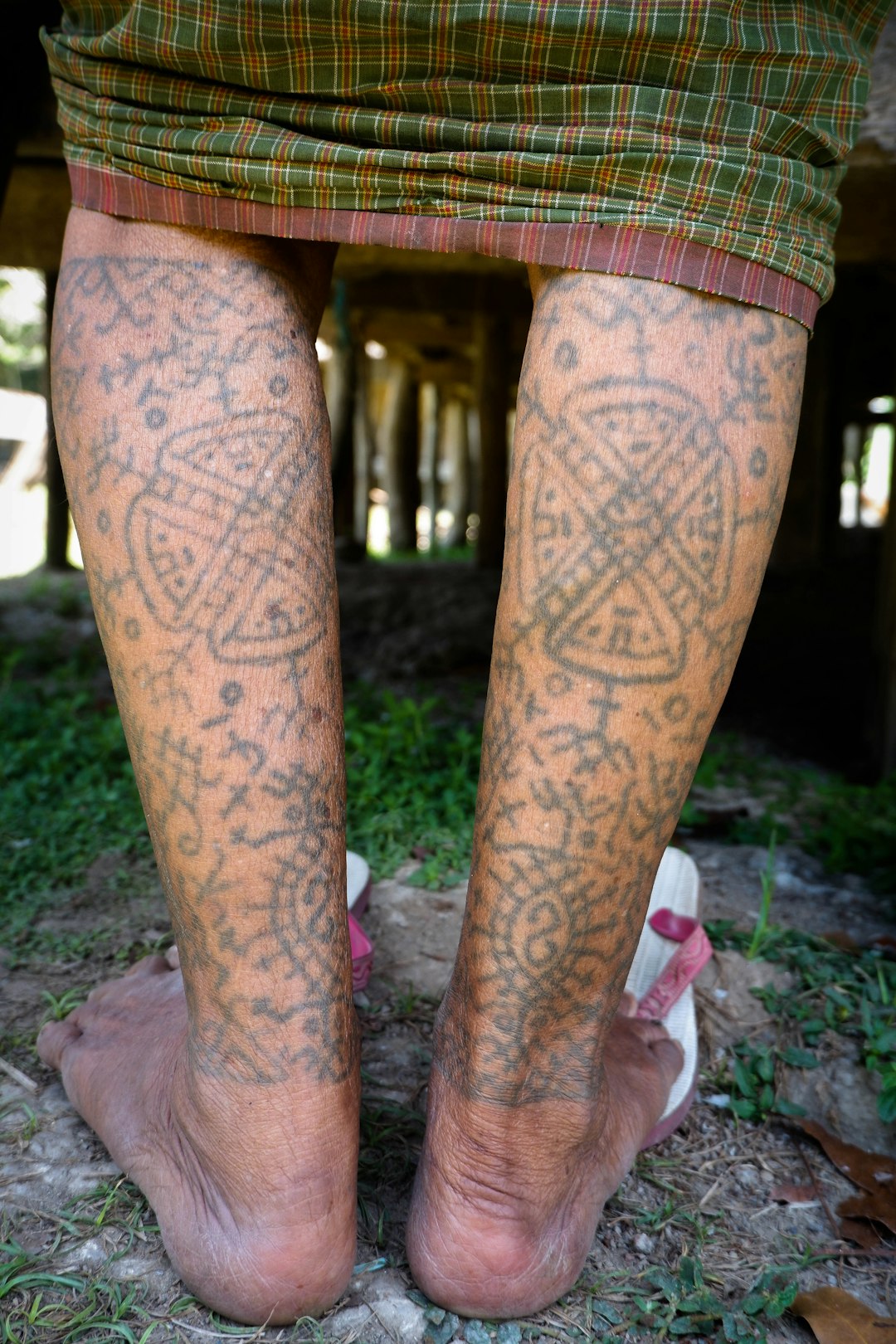
Traditional tattoos once marked life stages, especially the distinctive women’s mouth tattoos. They carried social meanings tied to marriage, skill, and community standing. A late nineteenth-century ban criminalized these practices and stigmatized wearers. The wound spread across families as identity retreated indoors. Today the conversation has shifted toward healing, consent, and cultural rights.
Historians, artists, and elders collaborate to document patterns and their stories. Some revivals take non-permanent forms through paint, textiles, and art. Legal frameworks remain complex, but cultural literacy is rising fast. Museums and festivals foreground the symbolism rather than the spectacle. Public understanding grows when people see designs as language, not curiosity.
Place Names You Use Every Day Without Knowing
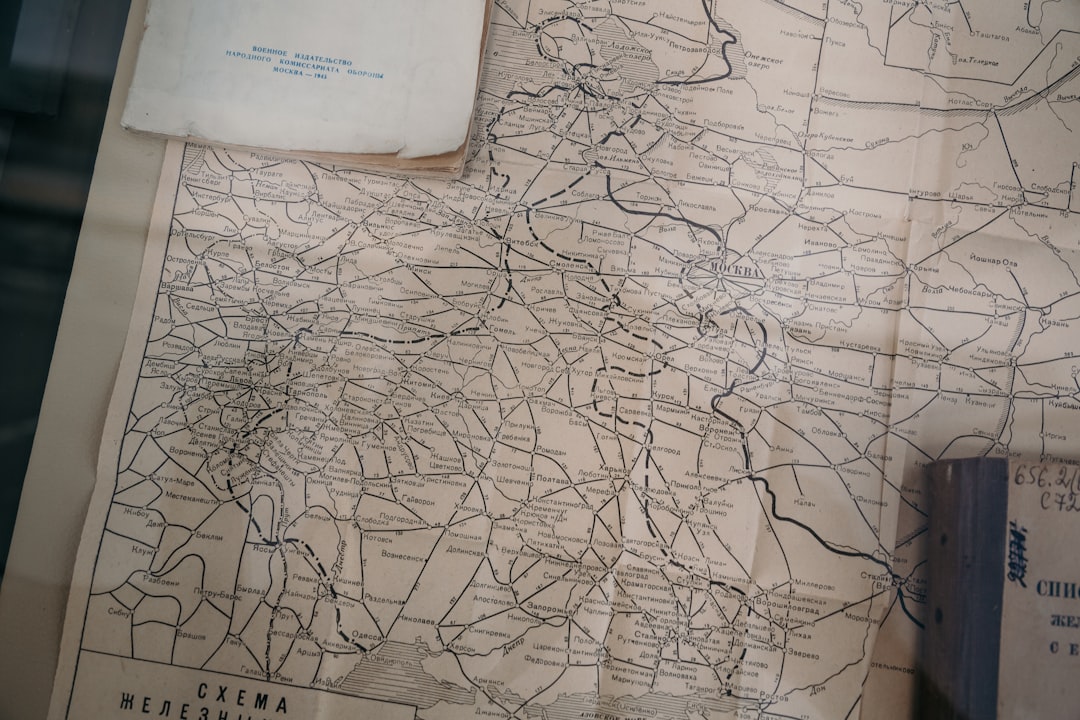
Many Hokkaido place names are Ainu, compact field notes from earlier centuries. Rivers, capes, and valleys carry meanings about currents, shoals, and wildlife. Those names help decode landscapes during fog, storms, or snowbound seasons. They also spotlight how language conserves practical ecological data. Read a map closely and you’re reading science in another script.
Urban growth never erased these traces; it merely layered pavement over memory. Even transit stations whisper etymologies if you listen. Educators now use local maps to teach kids both geography and culture. It turns a commute into a classroom and a city into a glossary. The land feels less anonymous when its original labels are spoken aloud.
• The Ainu language is recognized as critically endangered by international agencies.
• Japan enacted a national law in 2019 promoting Ainu culture and recognition.
• A national museum and park dedicated to Ainu culture opened in Hokkaido in 2020.
Global Perspectives: Northern Networks You Can Trace on a Map
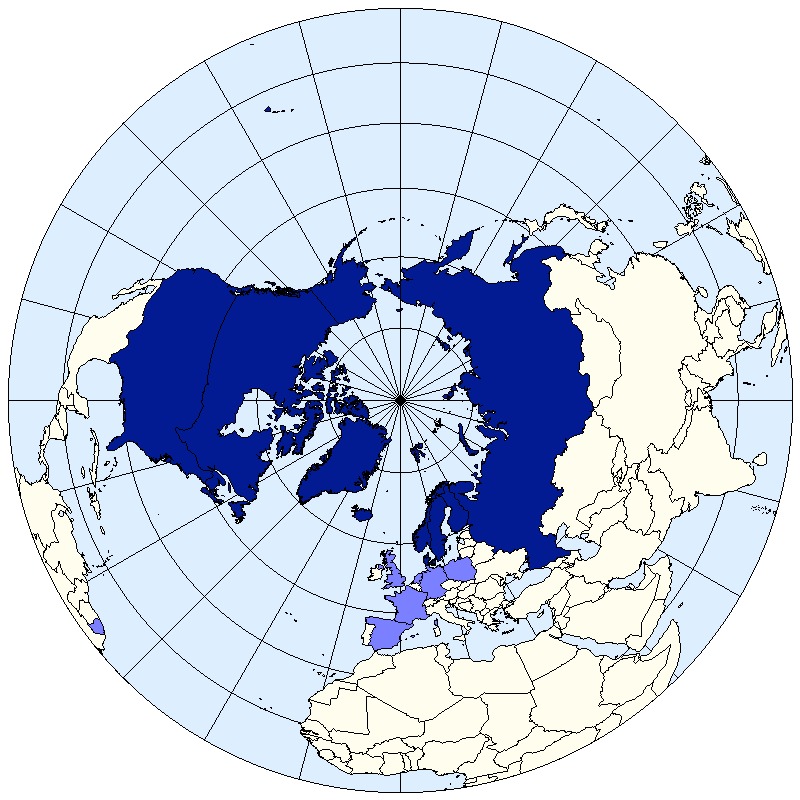
Ainu history connects across the North Pacific, from Sakhalin to the Kurils. Trade moved furs, fish, iron, and stories long before modern borders hardened. These corridors echo patterns seen among other circumpolar peoples. Shared technologies, like skin boats and ice skills, show convergent problem-solving. The map of the north is a web, not a wall.
Comparative studies with Arctic and Subarctic communities enrich policy design. Food security, climate adaptation, and language revitalization benefit from shared playbooks. Researchers compare governance models that respect Indigenous data sovereignty. This reduces extractive research and builds durable partnerships. In the north, collaboration is not idealism; it’s survival strategy.
Why It Matters: Science, Justice, and Better Policy
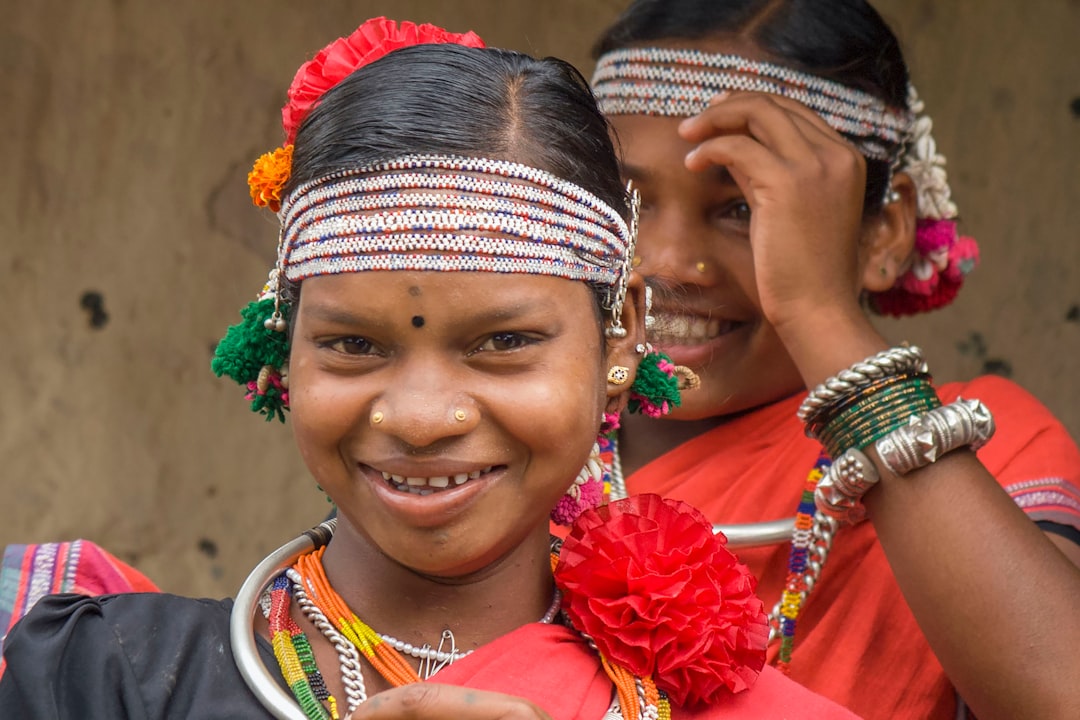
The Ainu case demonstrates how scientific findings can repair historical blind spots. Genetic and archaeological insights justify legal protections that communities long argued for. Education policy then scales those rights into curricula, museums, and public space. Health and well-being also improve when identity is not policed or hidden. Science becomes a lever, not a lecture.
Compared with older top-down approaches, today’s co-designed projects yield better evidence. Traditional ecological knowledge adds variables models often miss. Policy crafted with community input faces fewer implementation pitfalls. The results are measurable in restored rivers, living languages, and pride. That feedback loop is the real innovation worth exporting.
The Future Landscape and How You Can Help
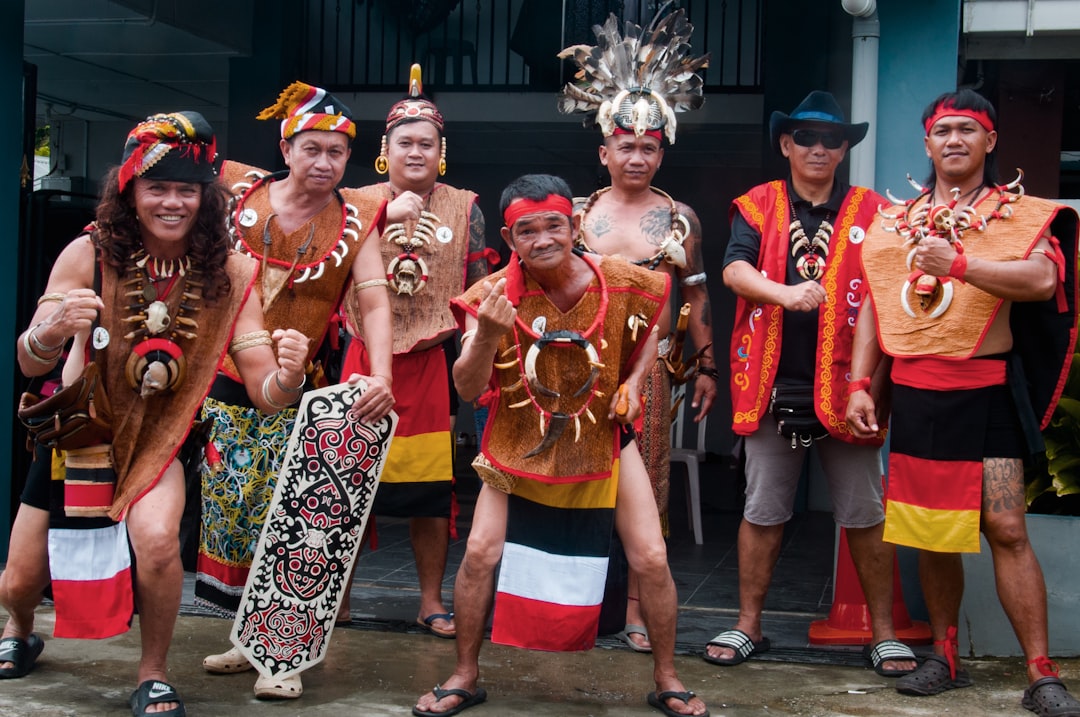
Next-generation tools will accelerate Ainu-led research and education. Portable sequencing, community-controlled archives, and immersive language apps are on the horizon. Climate shifts will test river systems, demanding adaptive salmon stewardship. Tourism will need strict guardrails to avoid turning culture into a backdrop. The future hinges on governance that puts Ainu expertise in the driver’s seat.
You can help by seeking Ainu-run programs, respecting protocols, and learning a few words. Support language classes and community media rather than souvenir shortcuts. Choose responsible travel that funds local guides and conservation projects. Read museum labels critically and look for Ainu authors and curators. Most of all, remember that what survives is what we use – will you use this knowledge?

Suhail Ahmed is a passionate digital professional and nature enthusiast with over 8 years of experience in content strategy, SEO, web development, and digital operations. Alongside his freelance journey, Suhail actively contributes to nature and wildlife platforms like Discover Wildlife, where he channels his curiosity for the planet into engaging, educational storytelling.
With a strong background in managing digital ecosystems — from ecommerce stores and WordPress websites to social media and automation — Suhail merges technical precision with creative insight. His content reflects a rare balance: SEO-friendly yet deeply human, data-informed yet emotionally resonant.
Driven by a love for discovery and storytelling, Suhail believes in using digital platforms to amplify causes that matter — especially those protecting Earth’s biodiversity and inspiring sustainable living. Whether he’s managing online projects or crafting wildlife content, his goal remains the same: to inform, inspire, and leave a positive digital footprint.

